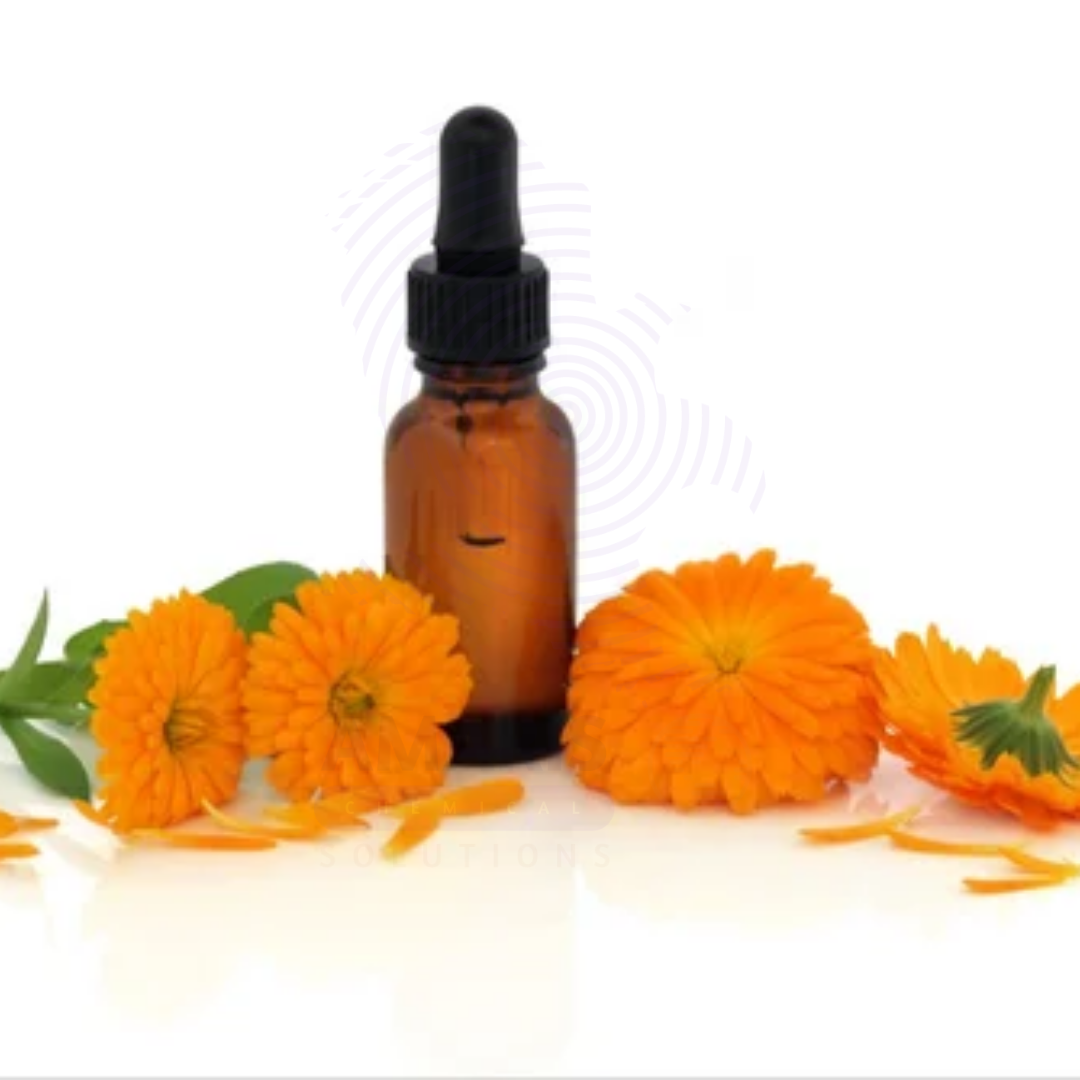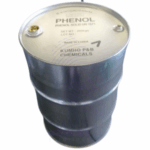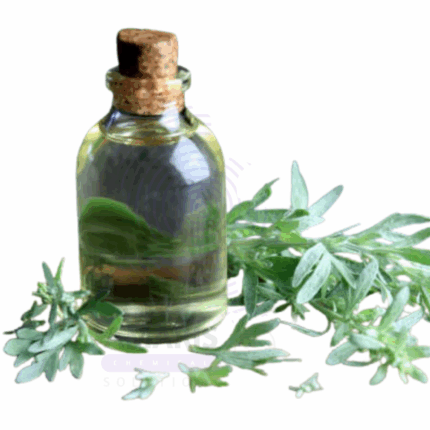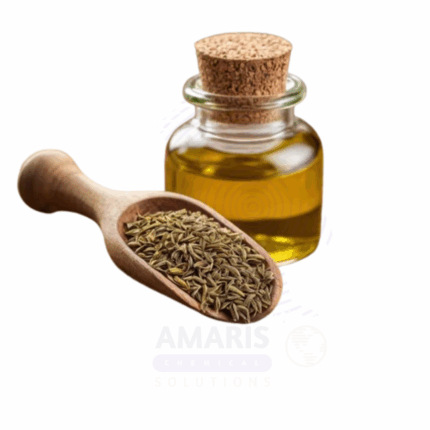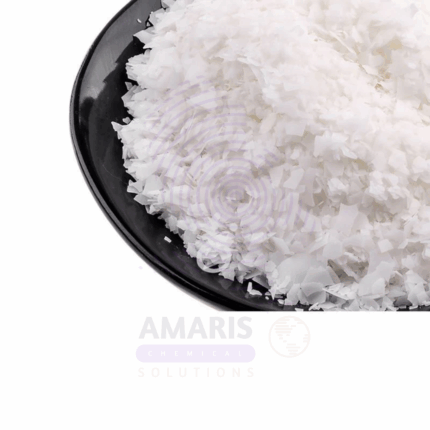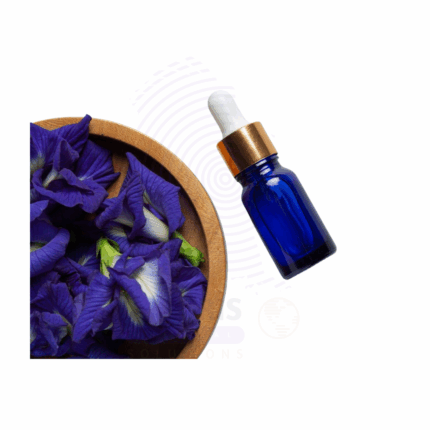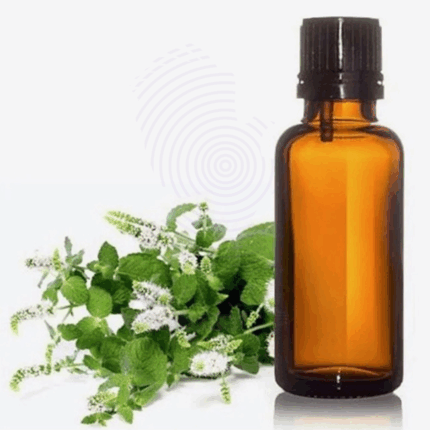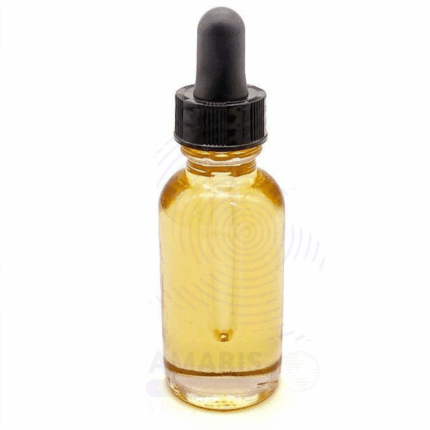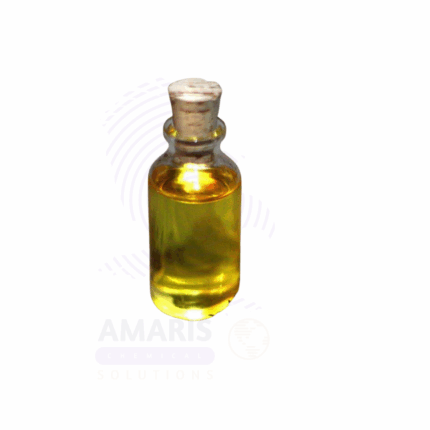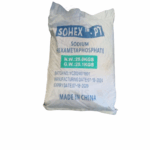
Calendula Oil Infused
Calendula Oil Infused is a golden-yellow carrier oil produced by macerating the dried flower petals of Calendula officinalis (commonly known as pot marigold) in a base oil, typically sunflower, olive, or sweet almond oil. This infusion draws out the calendula flower’s active constituents—including flavonoids, triterpenoids, and carotenoids—resulting in a gentle yet potent botanical oil widely used for its anti-inflammatory, healing, and skin-soothing properties.
Renowned in traditional herbalism and modern natural skincare, Calendula Infused Oil is especially valued for treating sensitive, damaged, or irritated skin. It’s a go-to oil in formulations for baby care, wound healing, and after-sun products. Unlike essential oils, this is not a distilled product and is safe for direct application to the skin.
Calendula Oil Infused
Primary Uses
- Cosmetics and Personal Care
- Used in creams, balms, and ointments for soothing eczema, dermatitis, and inflamed skin.
- Incorporated into diaper rash creams and baby lotions due to its gentleness and anti-irritant properties.
- Included in facial oils, moisturizers, and serums for dry, sensitive, or reactive skin types.
- Applied in after-sun care products to reduce redness, inflammation, and promote skin repair.
- Used in lip balms, body butters, and hand creams to heal cracks, soothe chapping, and maintain moisture.
- Commonly found in tattoo aftercare and wound-healing salves.
- Hair and Scalp Care
- Added to scalp oils and treatments to calm itching, flaking, and minor irritation.
- Used in natural baby shampoos and gentle conditioners for its skin-calming effects.
- Massage and Body Oils
- Employed as a massage base for sensitive skin and post-operative care.
- Used in prenatal and postnatal massage blends to nourish skin and reduce inflammation.
Secondary Uses
- Herbal and Wellness Applications
- Used as a carrier oil for essential oil dilutions in aromatherapy.
- Included in herbal poultices or compresses for bruises, cuts, and sprains.
- Baby Care Products
- A key component in all-natural baby oils, lotions, and cleansing balms.
- Soap Making
- Incorporated into cold-process or melt-and-pour soaps for its skin-calming and conditioning benefits.
1. Basic Identification Attributes
- Botanical Source: Calendula officinalis
- Common/Trade Name: Calendula Oil Infused
- INCI Name: Calendula Officinalis Flower Extract (in [carrier oil])
- CAS Number: 84776-23-8
- HS Code: 3301.27
- Synonyms: Pot Marigold Infused Oil, Marigold Oil (Infused), Calendula Herbal Oil
2. Physical & Chemical Properties
- Physical State: Liquid
- Color & Odor: Golden-yellow to orange; mild herbal scent depending on base oil
- Solubility: Insoluble in water; soluble in oils and alcohol
- Main Components: Flavonoids, triterpenoids, carotenoids, resins (dependent on carrier oil)
- Viscosity: Medium
- Specific Gravity: Depends on base oil (~0.91–0.93 for sunflower oil)
3. Safety & Hazard Attributes
- GHS Classification: Not classified as hazardous
- Toxicity: Non-toxic and safe for topical use
- Allergen Information: May cause sensitivity in those allergic to ragweed family (Asteraceae)
- Exposure Limits: None established
4. Storage & Handling Attributes
- Storage Conditions: Store in a cool, dark place in sealed containers
- Container Type: Amber glass or food-grade plastic to reduce oxidation risk
- Shelf Life: 12–18 months depending on base oil used
- Handling Precautions: Avoid exposure to heat and light to maintain potency
5. Regulatory & Compliance Attributes
- Approved for cosmetic and personal care use globally
- Considered safe for use in baby and sensitive-skin products
- Complies with FDA, EU, and international cosmetic regulations
6. Environmental & Health Impact
- Biodegradability: Fully biodegradable
- Ecotoxicity: Negligible environmental impact
- Bioaccumulation: Not expected
Safety Handling Precautions
- PPE Required: None needed for general cosmetic use
- Handling Guidelines: Handle in clean, dry environment to prevent microbial contamination
First Aid Measures
- Inhalation: Not applicable
- Skin Contact: Safe for use; discontinue if rash or sensitivity develops
- Eye Contact: Rinse with water if contact occurs
- Ingestion: Generally safe; consult physician for large quantities
Firefighting Measures
- Fire Hazards: Combustible at high temperatures
- Extinguishing Media: CO₂, foam, dry chemical
- Special Precautions: Use protective gear in case of oil fire
- Hazardous Combustion Products: Carbon oxides


 Preservatives(food)
Preservatives(food) Flavor Enhancers
Flavor Enhancers Acidulants
Acidulants Sweeteners
Sweeteners Antioxidants
Antioxidants Colorants(food)
Colorants(food) Nutraceutical Ingredients (food)
Nutraceutical Ingredients (food) Nutrient Supplements
Nutrient Supplements Emulsifiers
Emulsifiers
 Collectors
Collectors Dust Suppressants
Dust Suppressants Explosives and Blasting Agents
Explosives and Blasting Agents Flocculants and Coagulants
Flocculants and Coagulants Frothers
Frothers Leaching Agents
Leaching Agents pH Modifiers
pH Modifiers Precious Metal Extraction Agents
Precious Metal Extraction Agents
 Antioxidants(plastic)
Antioxidants(plastic) Colorants (Pigments, Dyes)
Colorants (Pigments, Dyes) Fillers and Reinforcements
Fillers and Reinforcements Flame Retardants
Flame Retardants Monomers
Monomers Plasticizers
Plasticizers Polymerization Initiators
Polymerization Initiators Stabilizers (UV, Heat)
Stabilizers (UV, Heat)
 Antifoaming Agents
Antifoaming Agents Chelating Agents
Chelating Agents Coagulants and Flocculants
Coagulants and Flocculants Corrosion Inhibitors
Corrosion Inhibitors Disinfectants and Biocides
Disinfectants and Biocides Oxidizing Agents
Oxidizing Agents pH Adjusters
pH Adjusters Scale Inhibitors( water)
Scale Inhibitors( water)
 Antioxidants(cosmetic)
Antioxidants(cosmetic) Emollients
Emollients Fragrances and Essential Oils
Fragrances and Essential Oils Humectants
Humectants Preservatives
Preservatives Surfactants(cosmetic)
Surfactants(cosmetic) Thickeners
Thickeners UV Filters
UV Filters
 Fertilizers
Fertilizers Soil Conditioners
Soil Conditioners Plant Growth Regulators
Plant Growth Regulators Animal Feed Additives
Animal Feed Additives Biostimulants
Biostimulants Pesticides (Herbicides, Insecticides, Fungicides)
Pesticides (Herbicides, Insecticides, Fungicides)
 Active Pharmaceutical Ingredients (APIs)
Active Pharmaceutical Ingredients (APIs) Excipients
Excipients Solvents(pharmaceutical)
Solvents(pharmaceutical) Antibiotics
Antibiotics Antiseptics and Disinfectants
Antiseptics and Disinfectants Vaccine Adjuvants
Vaccine Adjuvants Nutraceutical Ingredients (pharmaceutical)
Nutraceutical Ingredients (pharmaceutical) Analgesics & Antipyretics
Analgesics & Antipyretics
 Analytical Reagents
Analytical Reagents Solvents(lab)
Solvents(lab) Chromatography Chemicals
Chromatography Chemicals Spectroscopy Reagents
Spectroscopy Reagents microbiology-and-cell-culture-reagents
microbiology-and-cell-culture-reagents Molecular Biology Reagents
Molecular Biology Reagents Biochemical Reagents
Biochemical Reagents Inorganic and Organic Standards
Inorganic and Organic Standards Laboratory Safety Chemicals
Laboratory Safety Chemicals Specialty Laboratory Chemicals(Special Laboratory Equipment)
Specialty Laboratory Chemicals(Special Laboratory Equipment)
 Demulsifiers
Demulsifiers Hydraulic Fracturing Fluids
Hydraulic Fracturing Fluids Scale Inhibitors(oil)
Scale Inhibitors(oil) Surfactants(oil)
Surfactants(oil) Drilling Fluids
Drilling Fluids
 Dyes and Pigments
Dyes and Pigments Bleaching Agents
Bleaching Agents Softening Agents
Softening Agents Finishing Agents
Finishing Agents Antistatic Agents
Antistatic Agents
 Admixtures
Admixtures Waterproofing Agents
Waterproofing Agents Sealants and Adhesives
Sealants and Adhesives Curing Compounds
Curing Compounds Concrete Repair Chemicals
Concrete Repair Chemicals Anti-Corrosion Coatings
Anti-Corrosion Coatings
 Surfactants(cleaning)
Surfactants(cleaning) Builders
Builders Enzymes
Enzymes Solvents (Cleaning)
Solvents (Cleaning) Fragrances
Fragrances
 Electronic Chemicals
Electronic Chemicals Catalysts
Catalysts Lubricants
Lubricants Photographic Chemicals
Photographic Chemicals Refrigerants
Refrigerants Automotive chemicals
Automotive chemicals Pyrotechnic Chemicals
Pyrotechnic Chemicals
 Biodegradable Surfactants
Biodegradable Surfactants Bio-based Solvents
Bio-based Solvents Renewable Polymers
Renewable Polymers Carbon Capture Chemicals
Carbon Capture Chemicals Wastewater Treatment Chemicals
Wastewater Treatment Chemicals
 Pigments
Pigments Solvents(paint)
Solvents(paint) Specialty Coatings
Specialty Coatings Binders/Resins
Binders/Resins Additives
Additives Driers
Driers Anti-Corrosion Agents
Anti-Corrosion Agents Functional Coatings
Functional Coatings Application-Specific Coatings
Application-Specific Coatings
 Fresh Herbs
Fresh Herbs Ground Spices
Ground Spices Whole Spices
Whole Spices Spice Blends
Spice Blends Dried Herbs
Dried Herbs
 Leavening Agents
Leavening Agents Dough Conditioners
Dough Conditioners Flour Treatments
Flour Treatments Fat Replacers
Fat Replacers Decoratives
Decoratives Preservatives(baking)
Preservatives(baking)
 Plasticizers & Softeners
Plasticizers & Softeners Reinforcing Agents
Reinforcing Agents Adhesion Promoters
Adhesion Promoters Vulcanizing Agents
Vulcanizing Agents Antidegradants
Antidegradants Blowing Agents
Blowing Agents Fillers & Extenders
Fillers & Extenders Accelerators & Retarders
Accelerators & Retarders